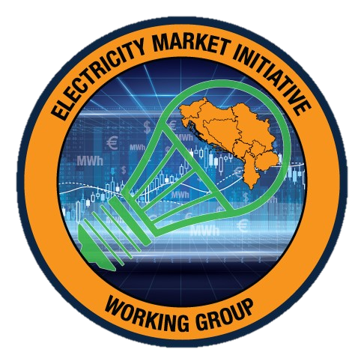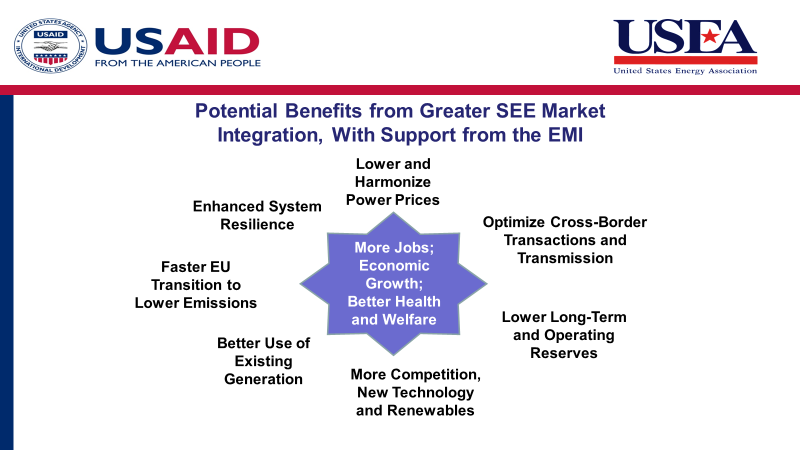Enhancing the Operation and Integration of Power Markets in Southeast Europe
The Electricity Market Initiative (EMI) was established in July 2018 by USEA and the US Agency for International Development (USAID) to enhance the integration and operation of power markets in Southeast Europe (SEE). Under EMI, USEA worked closely with transmission system operators, market operators and electricity regulators in the region to anticipate and quantify the benefits that could emerge from a more integrated power market. The EMI initiative concluded in 2022.
This forward vision – enabling them to look over the horizon - enabled the EMI members and stakeholders to develop better long-term plans, meet regulatory requirements, make better investments, accelerate market coupling, and hasten the development of regional day-ahead and longer-term markets.
After decades of transitioning from centrally planned economies, the region is now poised to grow economically and socially, attracting private sector investment and creating jobs. That requires reliable, affordable, and clean electricity, a pillar of growing economies. However, the power systems in SEE remain largely siloed, with technical challenges to their individual operations, and engaging in simple bilateral exchanges.
A Conduit for Change
A regional power market, with open and transparent transactions across borders, would utilize the current generation and transmission systems more effectively; lower wholesale prices and customer costs; optimize cross-border transactions; provide incentives to develop new energy infrastructure; reduce planning and operating reserves; promote resilience; reduce emissions; and stimulate private sector and renewable investment. The result will be more jobs and economic growth, as shown in the figure below:
Value to the U.S. Economy
A more integrated electricity market in SEE will provide a broad and deep range of U.S. business opportunities across the supply chain. As this region’s energy infrastructure improves, expands and modernizes, the region will require design and construction companies, project developers, equipment manufacturers, financing, and software companies, including those focused on cybersecurity. U.S. companies stand to gain a share of that market.
Related Publications
-
April 2022 - Program Publications
-
October 2021 - Program Publications
-
January 2022 - Program Publications






